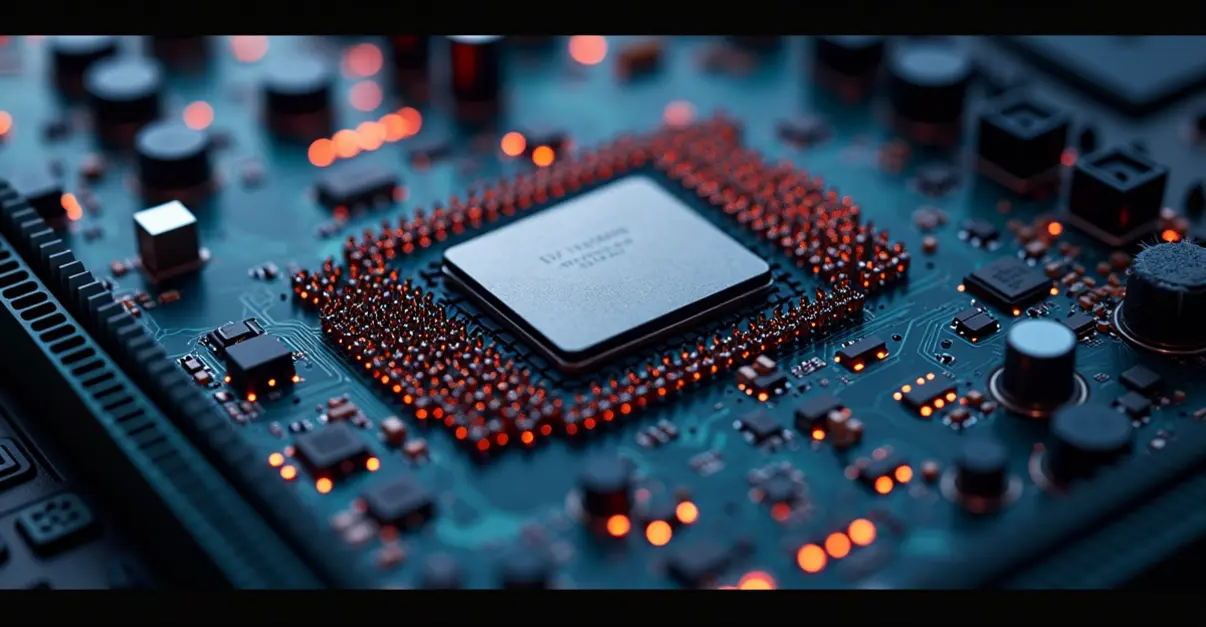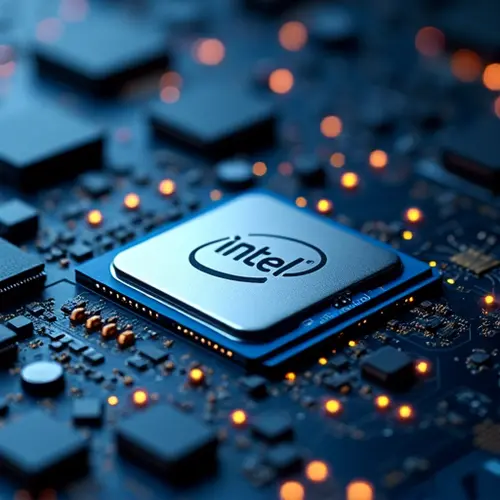AMD has revealed its RDNA 4 GPUs feature a modular architecture that allows scalable GPU designs from a single base SoC, potentially enabling faster development and broader product ranges in future generations.

AMD's Revolutionary Modular GPU Design
AMD has unveiled a groundbreaking modular architecture for its RDNA 4 GPUs during the Hot Chips 2025 conference. The new "modular SoC architecture" represents a significant shift in GPU design philosophy that could transform how graphics processors are developed and manufactured.
How the Modular System Works
The innovative design allows AMD to create multiple GPU configurations from a single base System-on-Chip (SoC) design. The foundation consists of two shader engines and four memory controllers, each equipped with L3 cache. This base configuration includes essential components like the display engine and power management systems.
AMD can then scale this design by adding another two shader engines, four additional memory controllers with cache, and the necessary infinity fabric interconnect. The entire supporting infrastructure remains identical across all GPU variants, streamlining the manufacturing process significantly.
Current RDNA 4 Implementation
The Navi 44 GPU powering the Radeon RX 9060 XT utilizes the base SoC configuration, while the Navi 48 chip in the Radeon RX 9070 XT represents the expanded version with additional components. Both GPUs use different silicon, but share the same fundamental architectural layout.
Benefits of Modular Design
This approach offers several advantages over traditional GPU designs. By standardizing the base layout, AMD reduces design complexity, accelerates validation processes, and shortens time-to-market. Each GPU variant doesn't require completely bespoke engineering, making the development process more efficient and cost-effective.
Future Implications
While AMD's current RDNA 4 lineup remains relatively narrow, this modular foundation suggests potential for broader product ranges in future generations. Industry analysts speculate that this technology could pave the way for RDNA 5 or UDNA architectures, possibly enabling chiplet-based designs or more extensive scaling options.
Competitive Landscape
AMD's modular approach contrasts with Nvidia's traditional GPU design methodology, where each GPU features unique internal layouts. This innovation could give AMD a significant advantage in rapidly responding to market demands and creating diverse product portfolios to compete across multiple price segments.
The revelation at Hot Chips 2025 indicates AMD's commitment to architectural innovation beyond raw performance metrics, focusing on manufacturing efficiency and scalability that could reshape the graphics card industry in the coming years.

 Nederlands
Nederlands English
English Français
Français Deutsch
Deutsch Español
Español Português
Português






